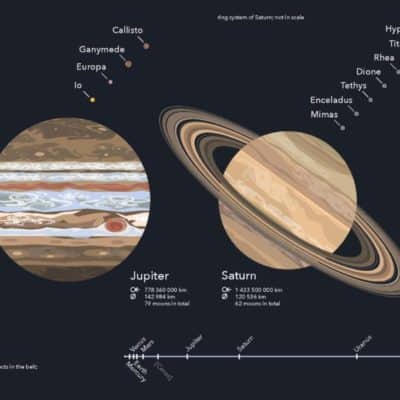Millions of adults in the western world of professing Christianity have memories of those sleepy mornings when, all excited to be dragged from bed at perhaps 3:00 or 4:00 a.m., they were dressed in frilly little frocks or a new little boy’s suit, complete with clip-on bow tie; white patent-leather shoes, greens and yellows—the colors of spring—and trundled off in the family car to join with hundreds or thousands of others in an “Easter Sunrise Service.”
You didn’t know what “Easter” was. Only that it sounded a little like a point on the compass, maybe the opposite of “Wester”? Most likely, if you are like millions of others, you never became curious enough to look up the term. We tend to take our environment for granted. Naturally, like Christmas, it comes to all of Protestantism from the Roman Catholic Church. However, the universal church got it from much more ancient sources.
Here is what the Catholic Encyclopedia has to say about Easter: “The English term, according to the Ven. Bede (De temporum ratione, I, v) relates to Eostre, a Teutonic goddess of the rising light of day and spring…that the Apostolic fathers [the apostles of Christ] do not mention it and that we first hear of it principally through the controversy of the Quartodecimans are purely accidental” (The Catholic Encyclopedia, Vol. V, p. 224).
A “Teutonic goddess of the rising light of day and spring”? Well, yes, but much, much more than merely a pagan goddess of the rising light of day and spring. She was, in the demented minds of superstitious pagans, a goddess of sex and fertility; of fecundity and procreativity. Her symbols were, most importantly, the egg, and, secondarily, the rabbit. Of course, rabbits don’t lay eggs, but many a child does not learn this until a later age.
Now, notice the origin of the name “Easter.” Hislop says, “It is not a Christian name. It bears its Chaldean origin on its very forehead. Easter is nothing else than Astarte, one of the titles of Beltis, the queen of heaven, whose name, as pronounced by the people of Nineveh, was evidently identical with that now in common use in this country. That name, as found by Layard on the Assyrian monuments, is Ishtar” (The Two Babylons, Hislop, p. 103).
Of course, as millions know and also observe, “Easter” is preceded by forty days of “Lent.” But where did “Lent” come from?” Is it the past tense of “to lend”? It certainly is not found in the Bible!
Let Hislop answer: “The forty days’ abstinence of Lent was directly borrowed from the worshippers of the Babylonian goddess. Such a Lent of forty days, ‘in the spring of the year,’ is still observed by the Yezidis or pagan devil-worshippers of Koordistan, who have inherited it from their early masters, the Babylonians.”
There is no part of “Easter” which is not rooted in rank paganism. “But we don’t do it with those pagan meanings in mind,” one might protest. Naturally! That is the whole point! It is the disguise, the deception, the counterfeit which Satan uses to delude and deceive, not a direct admission of the truth.










